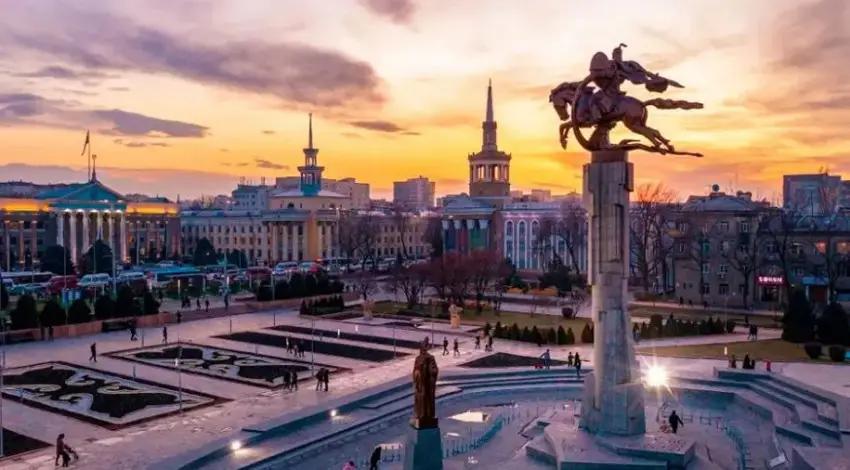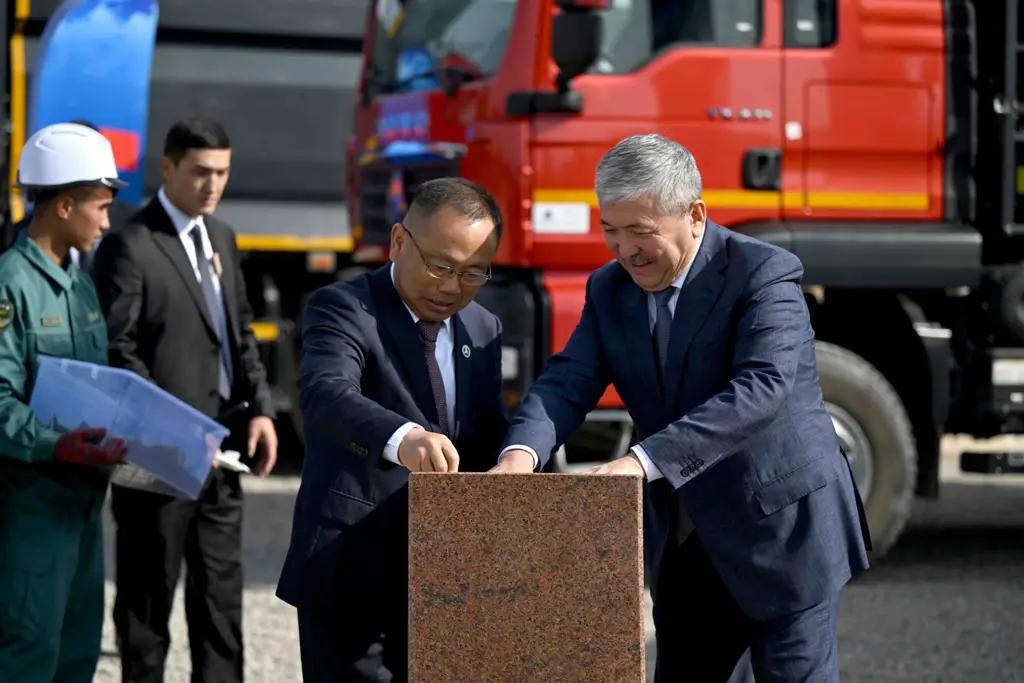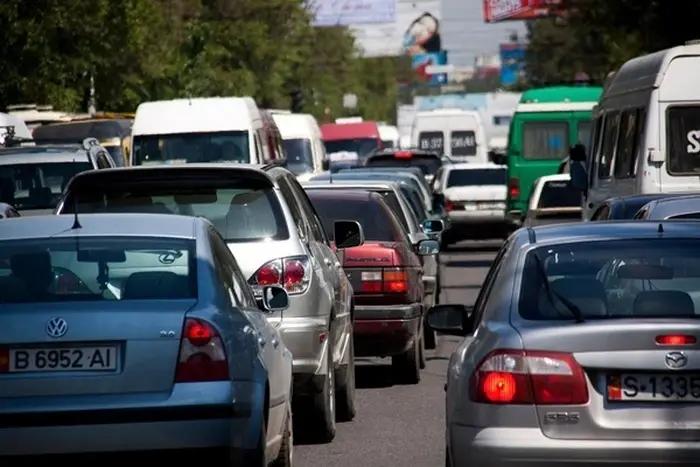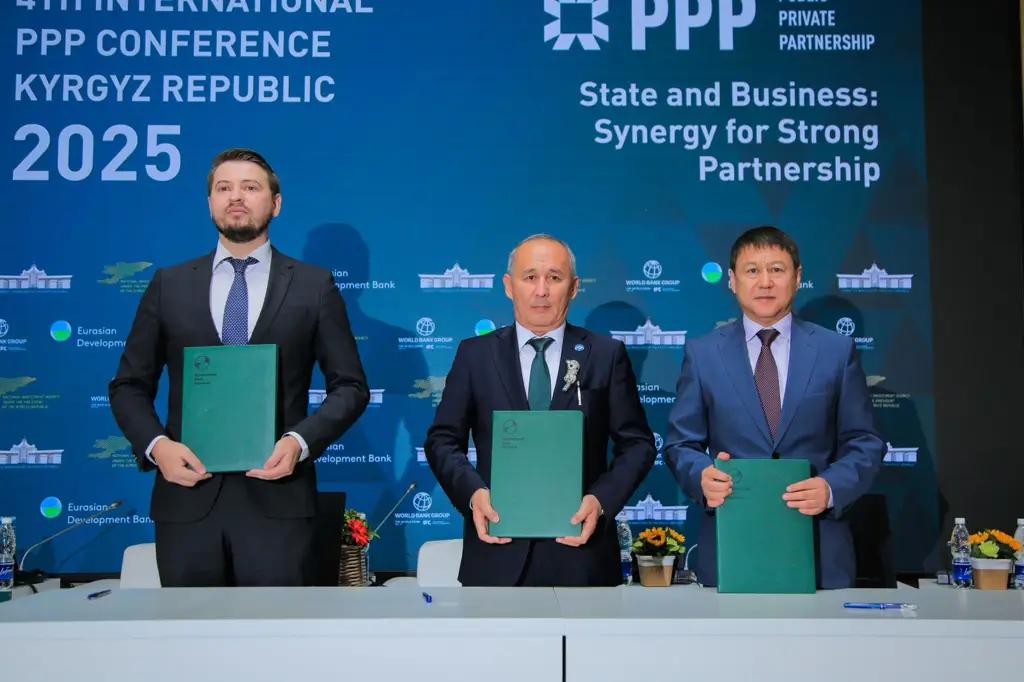
Published
10/26/2025, 18:00The Bishkek City Council has announced public hearings on the draft Master Plan for the city's development until 2050, which will become the main document for the capital's strategic development for the next 25 years.
The draft was developed on behalf of the Cabinet of Ministers on August 13 and is being prepared for approval after public discussion.
The new Master Plan sets an ambitious goal: to make Bishkek a comfortable, safe, and economically self-sufficient city with an innovative economy and developed infrastructure, transforming it into the financial and logistics center of Central Asia.
The document emphasizes that by 2050, Bishkek should become a “unique center of attraction for investment, technology, and talent,” where sustainable development is ensured by digital solutions and the balanced use of natural and territorial resources.
According to the developers' calculations, by 2050, the population of Bishkek will grow to 1.92 million people (from the current 1.32 million).
The city will develop in the eastern and southwestern directions, with the creation of new residential neighborhoods, social facilities, and a polycentric system of public centers—each district will have its own business, cultural, and educational hubs.
For the first time, the master plan systematically includes the Bishkek agglomeration, which will include Kara-Balta, Tokmok, Kant, Sokuluk, and other settlements. This means that Bishkek will now develop not separately, but together with the nearest cities and towns located nearby, such as Kara-Balta, Tokmok, Kant, Sokuluk, and others. All these cities will be united into a single system with a common transport infrastructure.
There are plans to build a new 175 km bypass railway ring, a 89 km Bishkek bypass road, new bus stations, and transport and logistics complexes.
The capital itself will see the emergence of intermodal transport hubs, the development of high-speed public transport, and a network of “park-and-ride” facilities (special parking lots at the entrances to the city where drivers can park their cars and switch to public transport).
Industrial development will be concentrated in the eastern and western industrial zones, as well as in a new industrial park near the village of Kozhomkul.
There are plans to create a fashion cluster, a “Jewelry Valley” project, IT parks, and creative hubs.
Special attention is paid to green energy and waste processing—an innovative solid waste processing plant will appear in the northern part of the city.
Almost 3,000 hectares of new green areas will be created in the city, including water and green corridors along the Ala-Archa and Alamedin rivers, embankments, parks, and squares.
There are also plans to create a new specially protected natural area called “Karagachevaya Roscha,” nurseries for landscaping, and a “green belt” along the highways.



